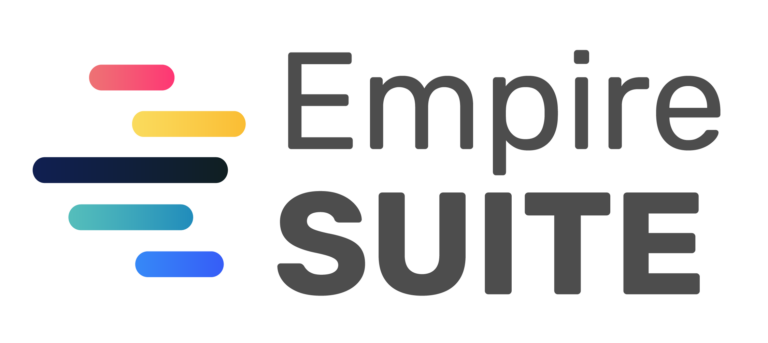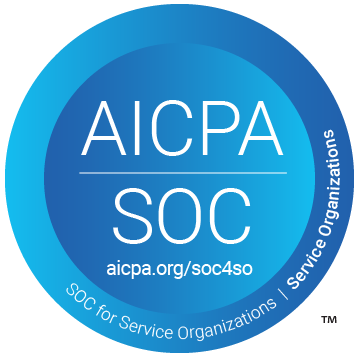Maintaining accurate skills information about your organization’s resources is crucial for effective resource management.. It enables managers to allocate tasks based on employees’ actual capabilities, ensuring projects are completed efficiently and effectively. This data also informs training needs, career development opportunities, and strategic workforce planning, ultimately enhancing organizational productivity and competitiveness.
Given the significance of this information for successful resource management we are often asked how to approach the critical task of implementing and maintaining a skills framework. This process involves several key steps to ensure clarity, efficiency and alignment with organization goals. Consider the following as a starting point:
Implementing a Skills Framework
1. Define Organizational Needs and Objectives

2. Categorize and Group Skills
3. Define Proficiency Levels
4. Map Skills to Roles
5. Regularly Update the Framework
Tracking Employee Skills
1. Gather Data
2. Organize and Analyze Data
3. Integrate with Resource Management Systems
Using these steps, organizations can create a robust skills framework and tracking process that supports strategic talent management, enhances employee development, and drives business success.

